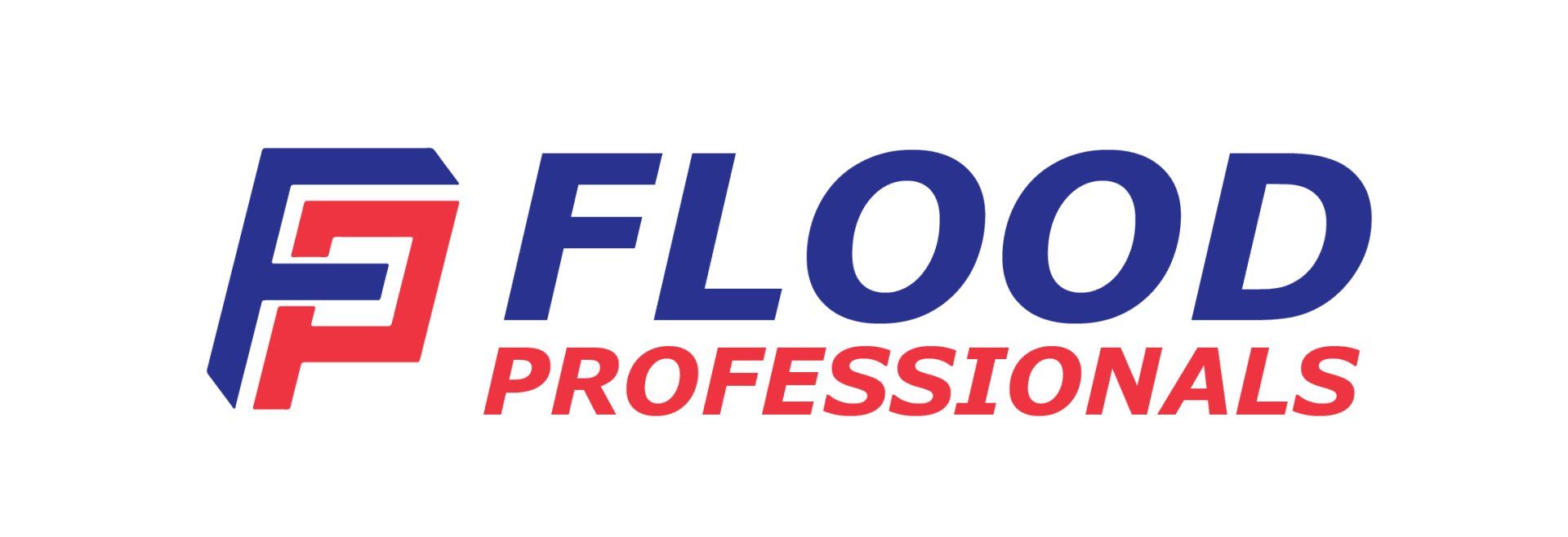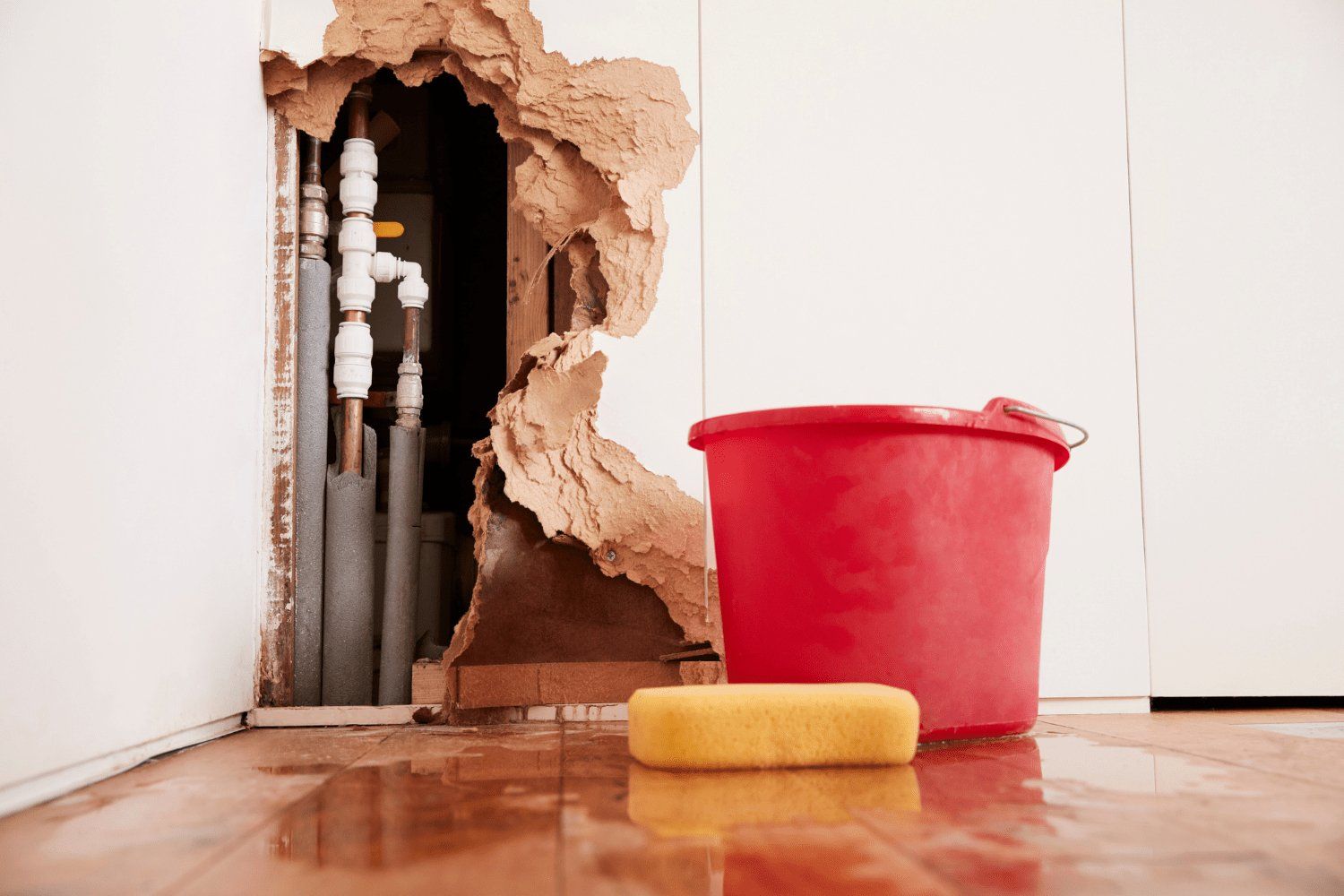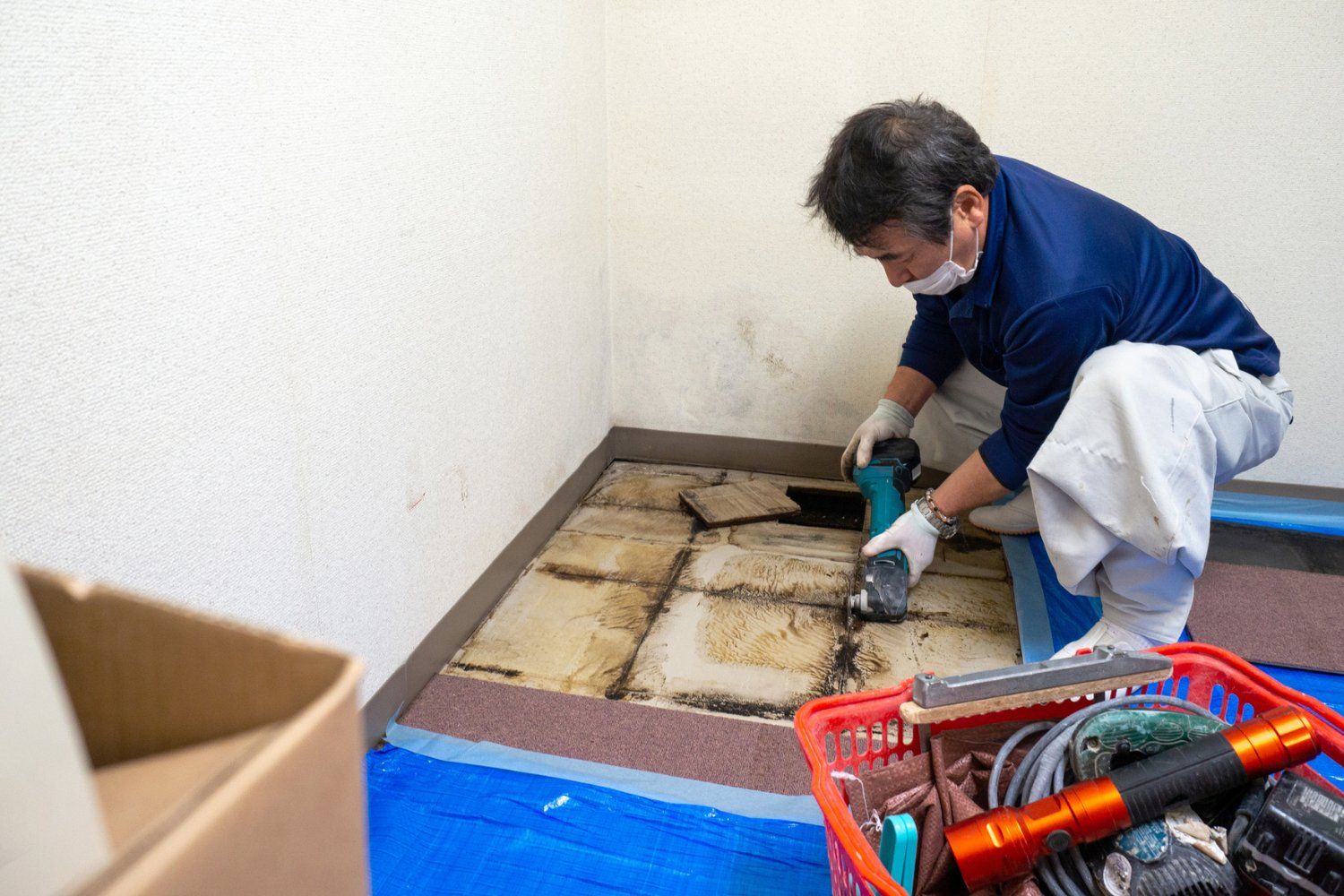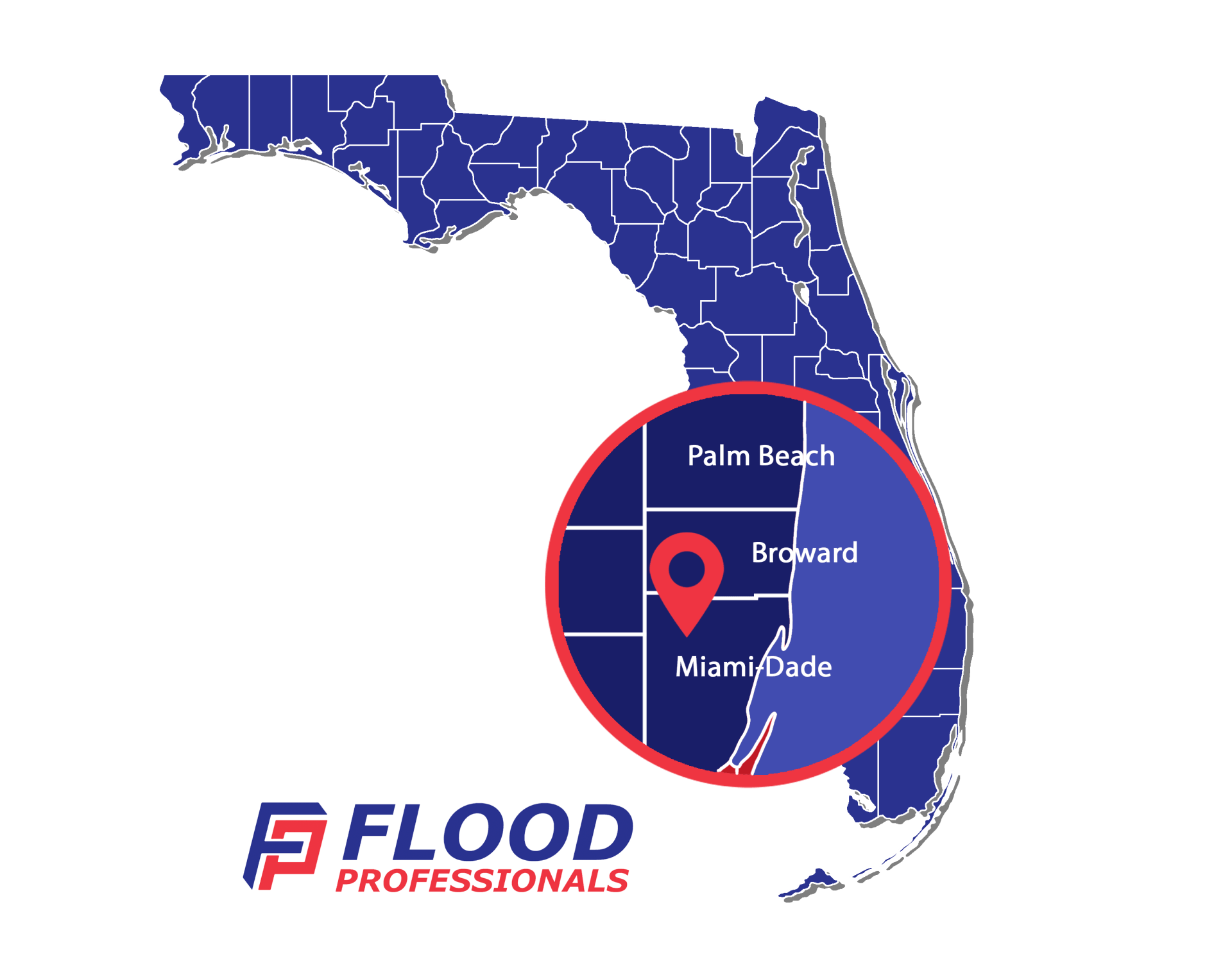Five Water Restoration Tips You Need To Know
Leaking pipes, broken sewage lines, and natural catastrophes may frequently cause significant water damage to your home. If your home has sustained water damage, it is important to determine the source and act promptly to prevent more damage.
Water damage in the home may be quite difficult to cope with, especially when it results in further problems down the road. While these repairs frequently require the assistance of
water damage restoration specialists, there are a few must-know tips that can help minimize damage when necessary.
What Does Water Damage Affect?
While water is necessary for life, it also has the potential to ruin everything in its path, leaving you with a massive mess to clean up. As a homeowner, it is critical to recognize the places in your home that water can do significant damage. To be safe, examine the following places for damage on a regular basis:
- Drywall
- Plaster
- Insulation
- Wood
- Framing
- Floor coverings
- Electrical wiring
- Pipes
- Appliances
- HVAC
As you can see, if left unchecked, water can wreak havoc on your home's foundation and rapidly rack up a sizable water restoration bill. It is critical, then, to intervene quickly before the damage worsens.
What to Consider Before Water Restoration?
To decide whether to clean the area yourself or hire water restoration professionals, the first step is to assess the situation and consider the following factors:
Water Volume
If you have a little or moderate amount of water in your house, you can generally manage it on your own with the appropriate tools. If, however, substantial flooding persists despite your efforts, it may be wise to contact a water restoration specialist.
If your community is recovering after a natural catastrophe or big flood and your home has sustained substantial damage, a do-it-yourself project may not be the best course of action. Adhere to your local disaster relief authorities' recommendations and leave these repairs to the water restoration professionals.
Source of Damage
Prior to beginning water restoration, it is necessary to ascertain the source of the water. When you have a flooding problem in your house, there are three types of water to be aware of.
- Clean water - This water, which is obtained from rain or leaking pipes, is free of hazardous chemicals and is safe to handle.
- Gray water - Gray water that leaks from equipment such as your dishwasher, toilet, or washing machine may be somewhat polluted. You may clean this yourself with the right care.
- Black water - Blackwater is the most dangerous type of water and originates from sewers or floods from a nearby water source, such as a river. It frequently poses health risks and is dangerous to handle.
Damage Level
Finally, you'll want to determine the extent of the damage. While little damage may frequently be repaired by the homeowner, major damage can be risky and dangerous to fix without the assistance of a water restoration professional. For instance, if water on a higher level seeps through the floor and into the ceiling, the damage is irreversible.
5 Must-Know Water Restoration Tips For Your Home
After doing a thorough assessment of the issue, consider the following water restoration techniques to expedite the restoration process. It is critical to remember that moist materials begin to grow mold after 24 hours, therefore there is no time to waste!
- Disconnect Outlets: When you detect water damage in your house, the first thing you should do is quickly disconnect any electronics. While you may not be able to see the extent of the water damage at this point, it is critical to exercise caution around appliances and gas lines. Regardless of the scenario, using this equipment might result in electrical shocks or even explosions.
- Inspect Mold: Certain mold strains are toxic to humans and can be dangerous to one's health. Mold may spread fast after it has infested an area, which is why it is in your best interest to examine for growth to minimize any health concerns. For minor concerns, you can quickly cut out the afflicted area, bag it, and dispose of it. However, if you have a severe mold infestation, you should immediately shut off all airflow to prevent contamination and then contact a mold specialist. Mold frequently appears inside walls or floors, therefore it is critical that this examination continues throughout the water restoration process.
- Dry Water Out: Prior to further damage, you must remove any moisture and completely dry off the affected regions. To circulate air and dry up the carpet, wood, and other surrounding materials, you can use fans or a large-capacity dehumidifier. While this may not completely eliminate mold development, thoroughly drying the area will help mitigate the damage.
- Remove Damaged Materials: If porous materials such as insulation or carpet become saturated with water, they must be disposed of quickly to avoid mildew. It is critical to begin with the ceiling and flooring. This requires addressing and replacing unsealed cement, drywall, and wood in order for the home's structure to sustain water restoration.
- Disinfect Remaining Areas: Depending on the type of water, it may include a high number of germs and other contaminants that might cause health concerns. The water may also promote mold development, therefore it is critical to sanitize quickly. After removing the damaged items, you'll want to cleanse the whole area before beginning the water restoration procedure. Before continuing with the repairs, spray and wash off the surfaces with bleach to prevent mold spores from growing.
Call a Professional for Your Water Restoration
While water damage may be extremely stressful for homeowners, with the proper measures, it is possible to return your house to normal. When doing your own water restoration, it's critical to conduct a thorough assessment of the issue first to avoid any health risks.
If you require assistance or think the damage is beyond your ability to repair, it is always wise to leave water restoration to the experts.
Call Flood Professionals, Inc. at 305-697-9080
today for 24 hour water restoration, fire damage restoration, or mold remediation along with any of our other services or get an instant quote from our website.
Flood Professionals, Inc. team will get to your Florida home and will handle the water restoration services for you in 30 to 60 minutes.




